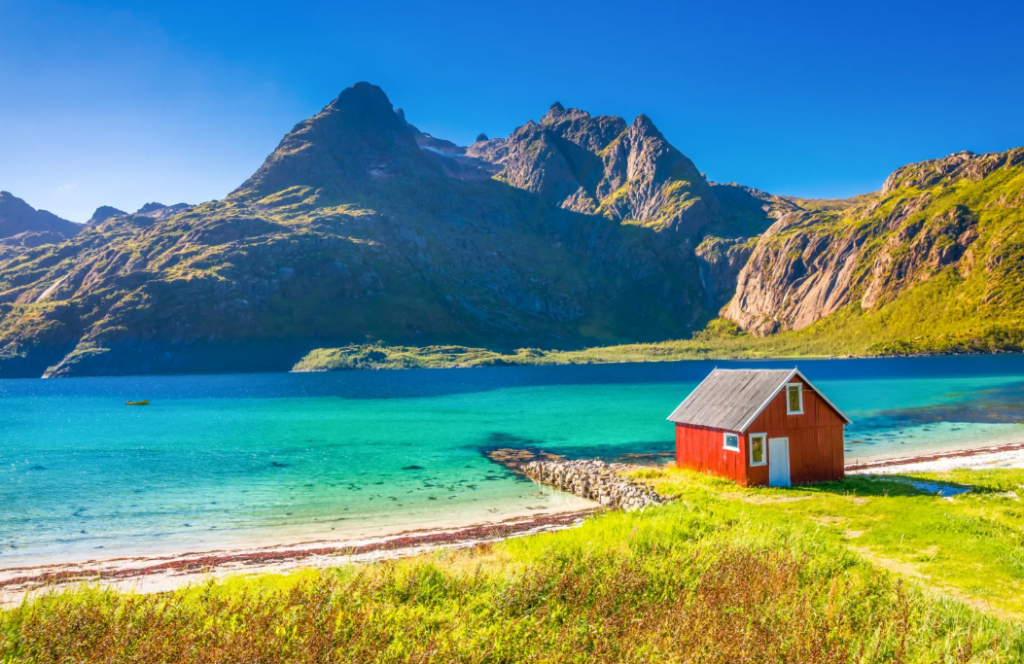
Northern Europe is currently in the grip of a historic and rapidly intensifying heatwave, with Norway and Iceland experiencing record-shattering temperatures—and forecasts pointing to even hotter days ahead.
On July 13, parts of southern and central Norway soared to nearly +34°C, an extraordinary reading for a country largely known for its cool maritime climate and alpine regions. While high summer temperatures are not unknown in the country’s southeast, approaching 34°C this early in a prolonged heatwave is exceptionally rare and flirting with national and regional records.
Meanwhile, Iceland—a country that typically sees highs of 13–17°C in July—stunned meteorologists by registering up to +28°C, a level reached only a handful of times in its recorded history. Several station records were broken across the island nation, including in typically cool coastal and highland locations. The Arctic island’s glaciers and fragile ecosystems are especially vulnerable under such thermal stress.
The peak of the heatwave is yet to come.
Forecast models unanimously show an expanding and strengthening high-pressure dome anchoring over Scandinavia and the North Atlantic, drawing in hot continental air from the south and east. As a result, meteorologists are warning of even more intense temperatures across Norway, Sweden, Finland, and Iceland in the coming days. Daily maximums could exceed existing national or monthly records, while minimum nighttime temperatures may remain dangerously high—especially in urban or fjord areas.
The scale of this heat event is so vast that hundreds of temperature records could fall across Northern Europe in the coming week, from the Nordic countries to the Arctic fringes. Heat alerts are now in effect or imminent across much of the region, and public health officials are urging preparedness, particularly in places unused to such prolonged warmth.
Infrastructure, wildlife, and public health systems in Norway and Iceland are ill-adapted to extreme heat, increasing the risk of heat stress, power demand surges, and even wildfire ignition in dry areas. In Iceland, the intense warmth is also accelerating glacier melt and putting hydrological systems under unusual pressure.
This episode is not just a local weather anomaly — it is part of a broader climate signal, reinforcing how regions once considered thermally stable and cool are increasingly vulnerable to record-breaking heatwaves. The rapid warming of the Arctic and North Atlantic is altering jet stream behavior, allowing high-pressure systems to become more persistent and amplified, precisely what is unfolding over Northern Europe now.
With several days of extreme heat still ahead, this could become one of the most significant heatwaves in Northern European history. Record books are likely to be rewritten—not just in isolated locations, but across entire countries.

Illustration picture: https://www.thetimes.com/travel/destinations/europe-travel/norway/norway-fjord-cruises-summer-or-winter-bjhgjglnr



























3 thoughts on “Norway +34°C, Iceland +28°C, and it will be hotter!”
Comments are closed.